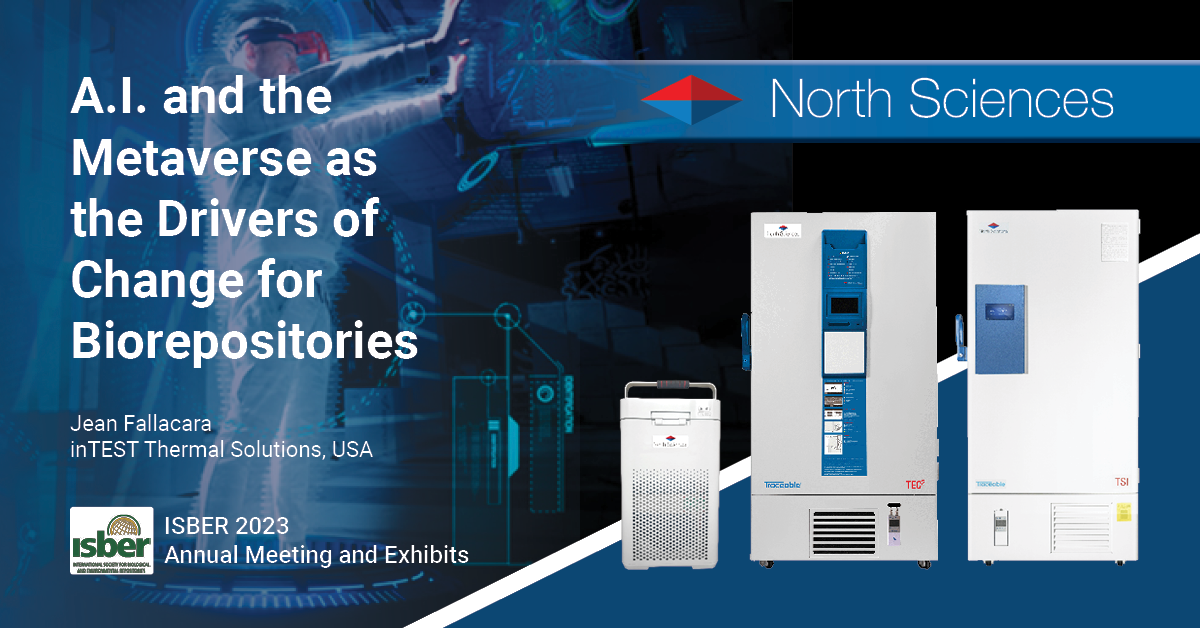Pulling Data from APIs or Endpoints

Pulling Data from APIs or Endpoints and Integrating Them into VR Environments to Create New Types of Technical Support Experiences in Life Sciences
In the fast-paced world of life sciences, technology is playing an increasingly important role in enabling new discoveries and innovations. One of the most exciting trends in this field is the integration of APIs and endpoints with virtual reality (VR) technology, which offers a new way to visualize and interact with data. In this blog post, we will explore the potential of pulling data from APIs or endpoints and integrating them into VR environments to create new types of technical support experiences in life sciences.
Scene Development
VR can be used to create immersive experiences that allow users to explore and interact with data in new ways. By pulling data from APIs or endpoints, it is possible to create interactive 3D scenes that visualize the data in real-time. For example, a pharmaceutical company could use VR to visualize the structure of a molecule and explore how it interacts with different drugs. By integrating data from APIs and endpoints, researchers can create highly realistic and interactive virtual environments that offer new insights into complex data.
Modeling Products
In addition to visualizing data, VR can be used to model and visualize products in a virtual environment. By pulling data on product specifications and configurations from APIs or endpoints, users can see and interact with product models in real-time. This can be useful for companies developing new medical devices or equipment, allowing them to model and test their products in a virtual environment before physical prototypes are created. By integrating data from APIs and endpoints, it is possible to create highly accurate and customizable virtual products that can be tested and refined in real-time.
Streaming Live Data
One of the most exciting applications of integrating APIs and endpoints with VR technology is the ability to stream live data into virtual environments. This allows users to view and interact with real-time data in a virtual space. For example, a medical research team could use VR to monitor live data from a clinical trial, enabling them to view data in real-time and make adjustments as needed. This can be useful for a wide range of applications, including monitoring systems, real-time data visualization, and training simulations.
Metaverse Experiences
While most VR experiences are currently desktop only, the integration of APIs and cloud storage can enable access to a broader range of data and applications in a virtual environment. As metaverse technology evolves, the ability to pull and interact with data from APIs and endpoints will become increasingly important. This will allow researchers and companies to create highly immersive and customizable virtual environments that offer new insights into complex data.
In conclusion, the integration of APIs and endpoints with VR technology offers a new way to visualize and interact with data in life sciences. By pulling data from APIs or endpoints and integrating it into virtual environments, researchers and companies can create highly immersive and interactive experiences that offer new insights into complex data. As metaverse technology continues to evolve, the potential for integrating APIs and endpoints with VR technology will only continue to grow, unlocking new possibilities for innovation and discovery in life sciences.


